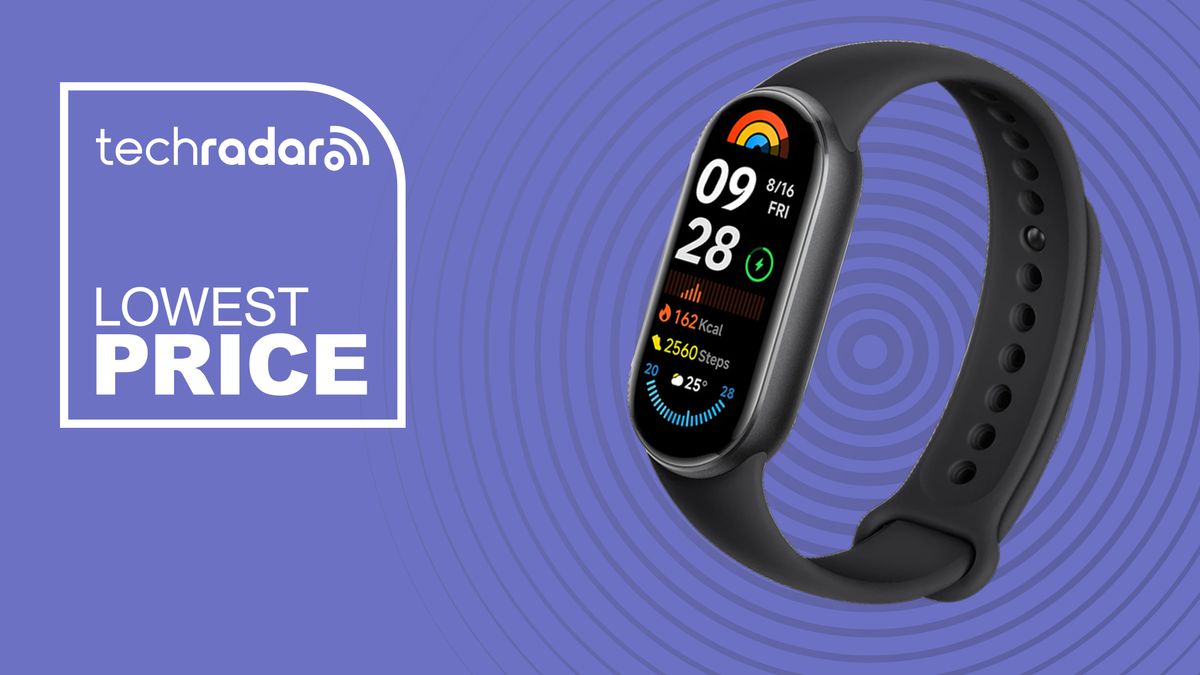Bussiness
Soaring Temps Underscore Worker Safety, Business Continuity

Heat stress can be a serious health risk for the approximately 32 million outdoor workers in the … [+]
If you haven’t experienced it firsthand, let me warn you—it’s hot, really hot, in most of the country. According to the National Oceanic and Atmospheric Administration, there’s a 61% chance of 2024 being the single hottest year on record and likely one of the five warmest years ever recorded. Knowing that our summer months will continue to get warmer, the likelihood of extreme heat events is leading many businesses to rethink their strategies for keeping employees safe and productive.
As forecast earlier this year, a heat dome covered much of the country, bringing dangerously high temperatures to many Americans throughout June. Extreme heat and humidity are one of the leading weather-related killers in the United States, resulting in hundreds of fatalities each year. Last year, 2,300 people died from the effects of excessive heat, and there were nearly 120,000 emergency room visits from people experiencing heat stress.
Impact of Heat on Worker’s Health
Heat stress can be a serious health risk for the approximately 32 million outdoor workers in the U.S., especially in industries such as construction, landscaping, and agriculture. The U.S. Department of Health and Human Services cites one study found that farm workers are 35 times more likely than the general population to die of heat exposure. But it is not just outdoor workers who face heat exposure risks; those who work in warehouses, bakeries, and similar settings also face heat-related risks.
Some industries are subject to regulatory requirements regarding heat stress management. For example, the Occupational Safety and Health Administration (OSHA) provides guidelines for preventing heat-related illnesses and deaths in outdoor workers. But several industries don’t have standard extreme heat safety protocols where regulations aren’t applicable. This makes it even more critical to understand and recognize extreme heat threats before it becomes a serious health risk.
Extreme Heat Burns Productivity
Extreme heat also impacts productivity. In 2021, more than 2.5 billion hours (about 290,000 years) of outdoor labor were lost to heat exposure in the U.S., potentially costing the U.S. economy up to $100 billion. Individual states and cities are seeing the impact too. In Texas, research shows the economy is especially vulnerable to hotter summers, and for every 1-degree increase in average summer temperature, the Texas annual GDP growth slows 0.4 percentage points.
So, what can businesses and workers do when the thermometer shows– and meteorologists forecast – record-breaking temperatures? Use the power of weather data to plan and prepare.
Using Weather Data to Manage Heat-related Risks
Businesses can leverage weather data technology to improve risk intelligence and develop and implement heat risk management strategies, including training programs and safety protocols.
Having access to weather analytics is one of the most underused yet readily available resources that a business’ safety team can use to prepare for the potential of extreme heat events.
While extreme weather like tornadoes or severe thunderstorms is often associated with real-time radar and storm tracking information, those seeking insights into broader-reaching, long-term weather events like extreme heat can also benefit from longer-range forecasts and the use of weather analytics. Integrating weather insights into a company’s safety management can help leaders make more informed decisions based on real-time and forecast information.
Understanding Wet Bulb Globe Temperature
The Occupational Safety and Health Administration guidelines recommend using a Wet Bulb Globe Temperature (WBGT) monitor to measure workplace environmental heat. For outside workers, knowing the WBGT can inform a critical assessment of heat stress and is necessary to keep employees safe in high temperatures. Most people are familiar with the heat index and the “feels like” temperature it offers by calculating the humidity and temperature in shady areas to determine the effect the temperature will have on those outside. But a more accurate way to measure heat stress on the body is the wet bulb globe temperature (WBGT). The WBGT calculation incorporates multiple factors, including the temperature in direct sunlight, humidity, sun angle, wind speed, and cloud cover. Each factor plays a crucial role in determining heat stress on the human body. For example, when extreme heat combines with high humidity and light winds, it can become riskier than expected as the body’s natural cooling mechanism does not function as efficiently.
While there will be some swings back and forth, the recent trend of hot weather stretching coast to coast shows no sign of letting up as we head into the heart of summer. With no immediate end in sight for high temperatures across the country, heat will be a pressing issue for both indoor and outdoor employees. There are steps that can be taken now, such as recognizing the symptoms of heat illness and how to prevent them to using the WBGT and other data to make informed decisions on how to ensure the safety and well-being of their workforce.








